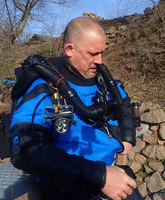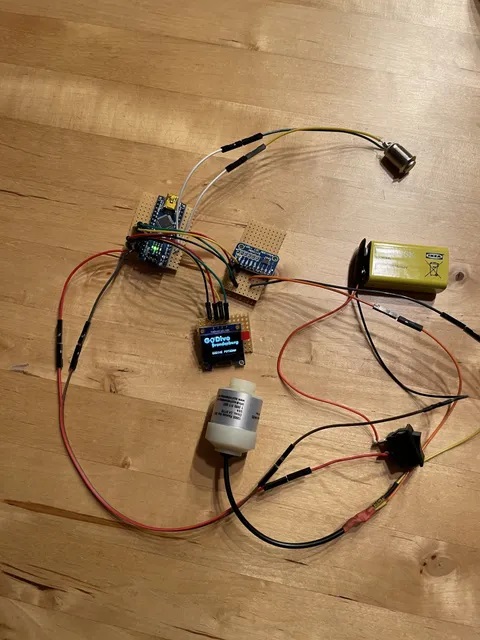author: Dirk Bremen
The start into the diving year 2021 is not an easy one. In many areas, we have lockdowns or even curfews and cannot meet our buddies to practice our sports. In addition, its the winter season, eventually our waters are covered with a thin ice layer – too thin for ice diving but at same time too thick for regular diving activities,. Here, we propose a nice and easy project to keep you busy during these difficult times: Build your own low cost Nitrox analyser:
As a trained Nitrox divers, you are aware that you should always know whats in your scuba cylinders. You should not fully trust the gasblender but always analyse your mix – in an ideal world not only in the divecenter upon receiving your cylinders but at the divesite when rigging up for the dive. Most divecenters have analysers at their facility, but what is the situation at a remote divesite ? Ideally, you have your own ,personal analyser with you, enabling you to check your mix whenever needed. Unfortunately, commercially available analysers are expensive and easily cost about 400 – 750 PLN.
How about building your own, personal analyser for about 100 PLN ? You just need a few easily available electronic components, an oxygen cell and a 3D printed housing.
All together, it will take you same 2 hours to solder the parts together and fit them into the housing and a bit of waiting time until your housing is printed.
Technically, the analyser is based on the programmable microcontroller Arduino Nano, an analogue – digital converter, an oxygen fuel cell and a 0.96“ low power consuming OLED display. Depending on the oxygen level in your mix, the fuel cell produces a current between 0.4 mV ar 0% oxygen and 50 mV at 100% oxygen. In this range, at ambient pressure, also expired fuel cells normally used in rebreathers are still linear for many years, so those cells not suitable for CCRs can have a second, recycled life in an analyser. In order to ensure the linearity and functioning of our analyser, the display shows you both, the oxygen content of the mix as well as the mV of the cell – as long as the cell still shows a current of 7mV to 12 mV at ambient air, its still good.
All files you need – the detailed instructions how to build the analyser, the printfiles for the 3D printer, the code to upload to the microcontroller and required libraries are available for download here Download
Have fun and build your own!
 About the author
About the authorDr Dirk Bremen is an IDF Master Diver Instructor and Technical Instructor. He started diving in 1994 and now has more then 1700 dives done mostly in cold water. Active rebreather and technical diver and instructor, he runs a dive center in Potsdam Brandenburg named GoDive.





